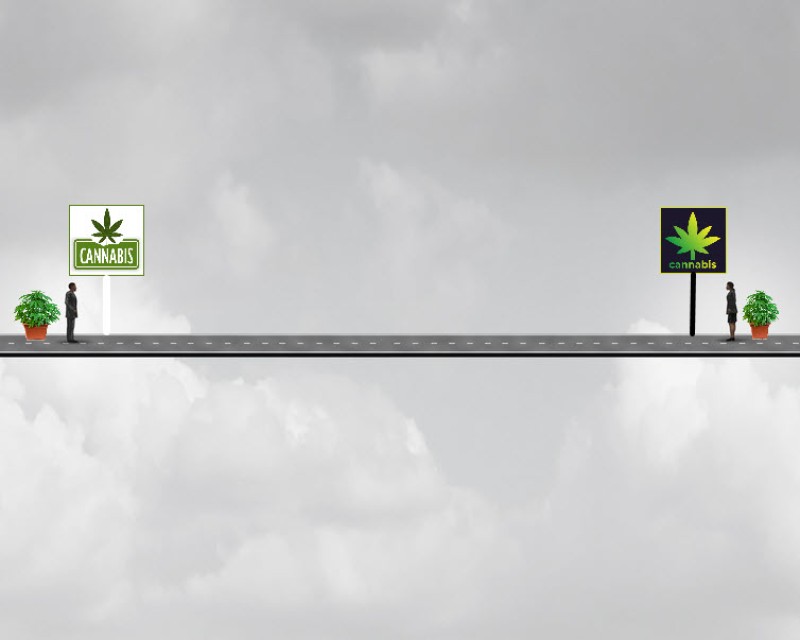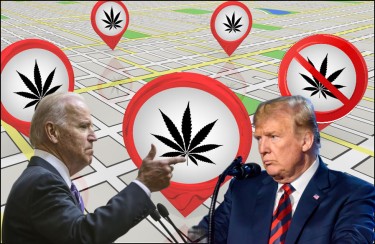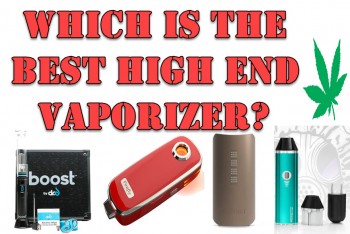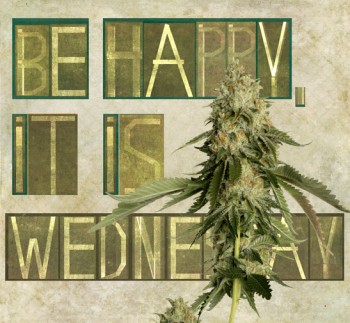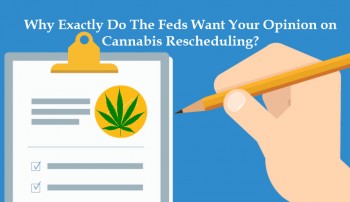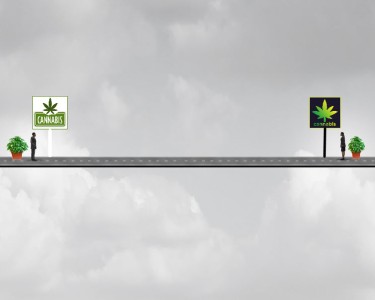
Should there be a geographical boundary between dispensaries? What about competition and a free market? Let dispensaries open just like pizza shops and shoe stores and let the consumer decide who wins and looses in a battle of business?
Not so fast says New York.
In a move that can either been seen as protectionalism in the form of "Taxi Cab medallions" all over again, or seen as a way to protect neighborhoods from being overun with ganja smells, NY work is battling over how far apart and how many dispensaries should be allowed in each neighborhood.
In a bold move, New York City’s “Common Sense” Caucus, a group of nine council members, has called on Governor Kathy Hochul to block a proposal by the state’s Cannabis Control Board (CCB) that could potentially flood the city with more cannabis dispensaries. The proposal, if approved, would allow waivers to the existing 1,000-foot buffer zone between legal cannabis shops, potentially permitting multiple dispensaries to operate on the same block. The council members, representing various boroughs including Queens, Brooklyn, Staten Island, and the Bronx, have voiced their concerns about the potential negative impact on New York City communities. In a letter sent to Governor Hochul and CCB chairwoman Tremaine Wright, they argued that:
-
The current buffer zones are essential to maintaining a balanced and sustainable cannabis market.
-
Reducing these zones would lead to an over-saturation of the market and complicate ongoing efforts to combat illegal cannabis sales.
-
Flooding the city with more dispensaries would degrade the quality of life in these communities and decrease the value of these licenses, encouraging more illegal sales.
The council members praised Mayor Eric Adams’ administration for its “Operation Padlock to Protect” initiative, which has successfully closed down hundreds of illicit cannabis shops, calling it a “positive step” towards controlling the state’s legal-pot program. However, they emphasized that the battle against illegal dispensaries is far from over.
The Buffer Zone Debate
The CCB’s proposal has sparked a significant debate among New York’s political leaders. Critics argue that the move could undermine the state's fledgling legal cannabis industry by diluting the value of licenses and making it even harder to shut down illegal operations. Manhattan state assemblyman Harvey Epstein expressed his doubts about the proposal, stating, “It doesn’t make sense right now. We want the legal cannabis market to succeed. Oversaturating the market would be a problem. We’re still burdened with illegal shops.
Currently, New York has 161 licensed dispensaries, nearly half of which are located in New York City and Long Island. Some of these licensed cannabis stores have even threatened legal action if the state proceeds with loosening the buffer zone rule.
The Office of Cannabis Management’s Response
In response to the growing concerns, the Office of Cannabis Management (OCM) issued a statement defending the proposed waivers. According to the OCM, New York's cannabis law and regulations “establish a framework” that allows the CCB to consider waivers based on public convenience and advantage factors. The agency emphasized that the vote by the CCB is a necessary step in creating a process to implement these waivers.
The OCM assured that the proposed regulations will be open for public comment for 60 days, during which time feedback from stakeholders will be solicited. They stated that the current regulations were too broad and nonspecific, and would have prevented the Board from establishing the public convenience and advantage criteria needed to objectively analyze requests.
The Impact on the Legal Cannabis Market
Industry experts believe that the state’s flawed rollout of its legal cannabis program, allowing thousands of illegal shops to flourish in New York City and around the state, has put pressure on applicants still waiting for approval to ease the buffer rules. Osbert Orduna, who owns Cannabis Place, a legal weed store in Middle Village, Queens, and represents several trade groups, including one for disabled veterans, expressed his fury at the proposal.
Orduna argued that saturating a neighborhood with multiple dispensaries is not in the public’s interest and is not advantageous to a community. He believes that the move will cut profits and force businesses to lower wages. Orduna urged Governor Hochul to kill the idea, stating, “It’s a terrible idea that’s going to negatively impact and bring a negative aspect to all the hard work she’s done.”
The Crackdown on Illegal Dispensaries
Governor Hochul’s administration has taken significant steps to shut down illicit cannabis operations and protect the legal marketplace. In April, Governor Hochul unveiled new initiatives as part of the FY25 Enacted Budget, providing the Office of Cannabis Management (OCM) and local municipalities with new authority to act against illicit storefronts and those who enable them.
On May 21, Governor Hochul launched the Cannabis Enforcement Task Force, a major statewide effort to coordinate staff from several agencies to combat the illicit cannabis market. Through collaboration between the State Police, OCM, and other State agencies, the Task Force is equipped to tackle the full scope of illegal cannabis activity.
The State's commitment to shutting down these unlicensed cannabis storefronts has had a direct impact on the legal cannabis industry. Since May 21, when the Task Force was launched, 114 illegal cannabis stores have been padlocked. In addition, the OCM reports that $29,306,247 worth of illegal substances was seized from these stores, and legal cannabis sales are up 27 percent since May for stores close to the padlocked locations.
The Importance of an Equitable Cannabis Market
The OCM is committed to Governor Hochul’s vision of an equitable cannabis market and reports that the Social and Economic Equity (SEE) program continues to promote inclusivity and opportunity within the industry. Currently, 54 percent of new applicants are SEE candidates, including 39 percent minority-owned businesses, 39 percent women-owned businesses, 9 percent service-disabled veteran-owned businesses, 8 percent distressed farmers, and 6 percent communities disproportionately impacted. This dynamic progress demonstrates the State’s unwavering dedication to creating a fair, equitable, and thriving cannabis industry in New York State.
Conclusion
The debate over the CCB’s proposal to loosen the buffer zone rules for cannabis dispensaries in New York City has highlighted the complexities and challenges faced by the state’s fledgling legal cannabis industry. While the OCM argues that the proposal is necessary to establish a more comprehensive and flexible evaluation process for licensing decisions, the NYC Council members and other stakeholders fear that it will lead to an over-saturation of the market and encourage illegal sales.
As the state continues its efforts to shut down illicit cannabis operations and promote an equitable legal market, it will be crucial for policymakers to strike a balance between the needs of the industry and the concerns of local communities. The outcome of this debate will have far-reaching implications for the future of New York’s cannabis landscape.
HOW CLOSE SHOULD DISPENSARIES BE..READ ON...
BIDEN AND TRUMP VOTERS WANT DISPENSARIES AT DIFFERENT DISTANCES!
